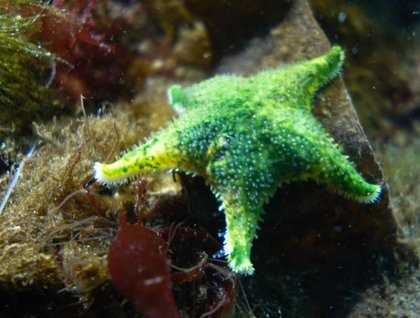The gentle voice of expedition leader Lisa Kelley came over the PA system at a usually unwelcome 4:30 a.m. Instead of rolling over and going back to sleep, the guests aboard the National Geographic Explorer pulled themselves out of bed for a wonderful adventure. The beach of Gold Harbour is chock-full of wildlife. Thousands of king penguins, elephant seals, and fur seals patrol the waterline. Above the crowd on the hillside hide scores of light-mantled sooty albatross. To witness such an Eden as the sun first crowns the horizon’s meniscus is an honor, not a chore.
Guests happily unloaded from zodiacs and explored the landing. National Geographic photographer Sisse Brimberg offered helpful advice to those interested in utilizing the soft golden light and David Barnes, our trusted historian and avid ornithologist, kept a good eye on the lifejacket bags while masterfully blending in with the king penguins themselves. Later the same morning guests had the opportunity to hike to the top of the foreboding cliffs, in order to hopefully catch a glimpse of the much appreciated light mantled sooty albatross.
The afternoon led the ship to an entirely new location. Drygalski Fjord is a one-mile wide bay sitting along the southeast coast of South Georgia. At the end of the bay sits a beautiful glacier, which the ship was able to closely approach for all to see. Along the way the Explorer dropped two Zodiacs to help collect some scientific data. One boat involved the dive team and naturalist Stephanie Martin, who would be observing the northernmost Weddell Seal population, and the other boat with naturalist Eric Guth and our National Geographic Fellow to reset cameras for the Extreme Ice Survey, which are monitoring glacial progress over time.
The day ended with a Recap of the day, followed by a fantastic meal and guests full of wander and contentment. Sore legs carried each person to bed, ready for a day at sea.







